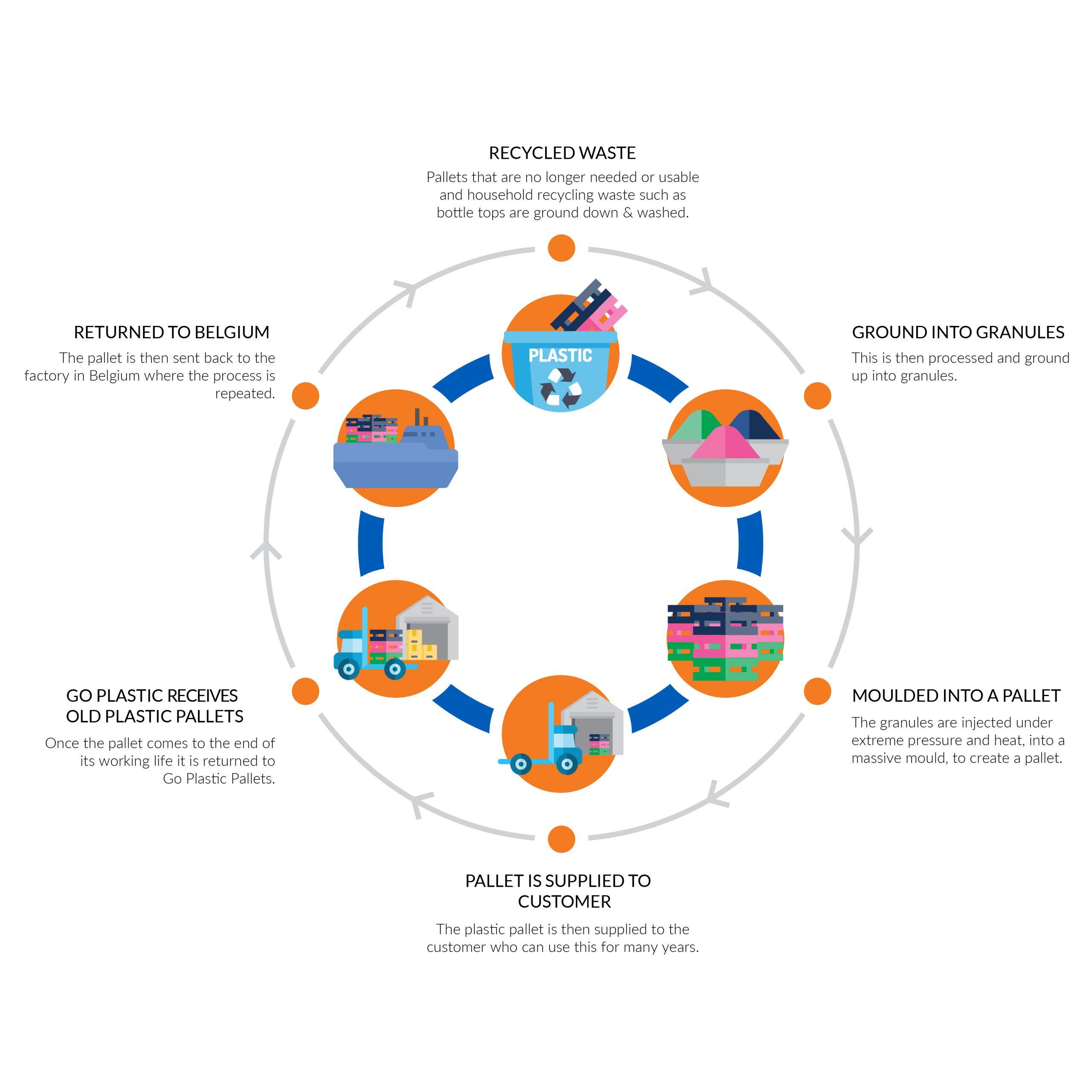Future-Proofing Education: Essential Strategies Policymakers Must Implement Now
In an era of rapid technological advancement and shifting economic demands, future-proofing education has become an urgent priority for educators, students, and especially policymakers.As the world evolves, so must the educational systems that prepare future generations.This comprehensive guide explores essential strategies that policymakers can implement to make education more adaptive, resilient, and relevant — ensuring students are equipped for success in the future of work.
Why Future-Proofing Education Is Critical Today
Our current education systems were largely designed for an industrial-age workforce. However, automation, artificial intelligence, and globalization have dramatically reshaped the world, demanding new skills and competencies. Without change, students risk being unprepared for the complexities of modern careers and civic life. future-proofing education means anticipating these shifts and proactively designing policies and curricula that foster adaptability, critical thinking, and lifelong learning.
- Technological change: prepares learners for digital transformation in every sector.
- Global Competition: Enhances national competitiveness through a skilled workforce.
- Job Market Evolution: Addresses the rise of new occupations and the decline of traditional roles.
- Empowered Learners: Cultivates autonomy and resilience in students facing uncertain futures.
Essential Strategies Policymakers Must Implement
Policymakers play a pivotal role in shaping education systems to meet future challenges. Here are the most effective strategies for future-proofing education:
1. Curriculum Modernization for Future Skills
Integrating future-ready skills like critical thinking, creativity, digital literacy, and emotional intelligence is vital.
- Emphasize STEM (science,technology,engineering,mathematics) and incorporate arts for STEAM education.
- Strengthen coding and computational thinking from early learning stages.
- Facilitate project-based learning and interdisciplinary approaches.
- Update curriculum regularly, involving industry experts for alignment with job market trends.
2. Investing in Teacher Growth
Teachers are the backbone of educational transformation. Equipping them with 21st-century teaching skills ensures effective delivery of modern curricula.
- Offer ongoing professional development and digital skills training.
- Encourage collaborative learning communities and mentorship programs.
- Promote innovative pedagogies such as blended learning and flipped classrooms.
3. Harnessing Technology for Equitable Learning
Integrating technology in education expands access and personalizes learning experiences.
- Invest in robust digital infrastructure for all schools.
- Promote EdTech solutions for differentiated and adaptive learning.
- Address the digital divide with policies that ensure every student has access to devices and high-speed internet.
- Leverage AI-powered tools for real-time feedback and individualized education plans.
4. Fostering Lifelong and Flexible Learning Pathways
Future-proofing education means embracing flexible learning paths that adapt to life’s changing demands.
- Micro-credentials and modular learning to recognize skills acquired outside traditional settings.
- Encourage vocational and technical education programs aligned with market needs.
- Facilitate seamless transitions between secondary, post-secondary, and workforce training.
5. Promoting Global Competence and Citizenship
In an interconnected world, preparing students to be global citizens is essential.
- Integrate global issues such as sustainability, ethics, and cross-cultural dialog.
- Facilitate international collaborations, exchange programs, and bilingual education.
- Develop student awareness of global challenges and solutions.
Benefits of Future-Proofing Education
Implementing the above strategies yields significant long-term benefits for students, educators, and society:
- Greater Employability: Graduates prepared for rapidly evolving job markets.
- Economic Resilience: More adaptive, innovative, and competitive economies.
- Social Equity: Reduced learning gaps with universal access to quality education.
- Lifelong Well-being: Academic, emotional, and civic skills for holistic development.
Practical Tips for Policy Implementation
Transforming policy intentions into impactful reality requires pragmatic steps:
- Engage Stakeholders: Collaborate with teachers, students, parents, and industry leaders.
- Pilot Innovative Programs: Test new curricula and teaching methods in select schools before scaling.
- Data-Driven Decision Making: Use analytics to monitor student outcomes and adapt strategies.
- ensure Sustainable Funding: Secure consistent investment in education technologies and training.
- Measure Long-Term Impact: evaluate reforms not only by test scores, but by workforce and civic engagement metrics.
Case Studies: leading the Way in Educational Transformation
Several countries and regions are pioneering future-proof education strategies—offering compelling examples for policymakers worldwide.
Finland: Emphasizing Interdisciplinary Themes
Finland’s national curriculum focuses on phenomenon-based learning, merging STEM, humanities, and real-world problem-solving. Frequent curriculum reviews ensure alignment with emerging skills.
Singapore: investing in Teacher Excellence and Technology
Singapore systematically trains teachers in new pedagogical techniques and invests heavily in technology infrastructure—resulting in top global rankings for student achievement and innovation.
Estonia: Bridging the Digital Divide
Estonia’s comprehensive e-schooling initiatives provide all students with devices and digital resources, making it a model for tech-enabled, equitable learning environments.
First-Hand Experience: Voices from the Classroom
Teachers actively involved in curriculum modernization share powerful testimonials:
“Project-based learning has completely transformed my students’ engagement levels. Thay’re more curious,resilient,and willing to take on new challenges.”
– Maria González, Grade 6 Teacher, Spain
“When we introduced AI-powered adaptive tools, we saw dramatic advancement in student outcomes—especially among previously struggling learners.”
- John Liu, Secondary Principal, Canada
Conclusion: Building Resilient Education for Tomorrow
Future-proofing education is not an option—it’s a necessity. Policymakers must act decisively to update curricula, champion teacher training, invest in technology, and create flexible learning paths. The strategies outlined here offer a roadmap to build adaptive, inclusive, and high-impact education systems prepared for an uncertain future. By prioritizing these reforms today, we can empower students not just to survive, but to thrive in tomorrow’s world.
Ready to explore more on forward-thinking education policy? Subscribe for actionable insights and the latest updates on future-proofing education strategies.

